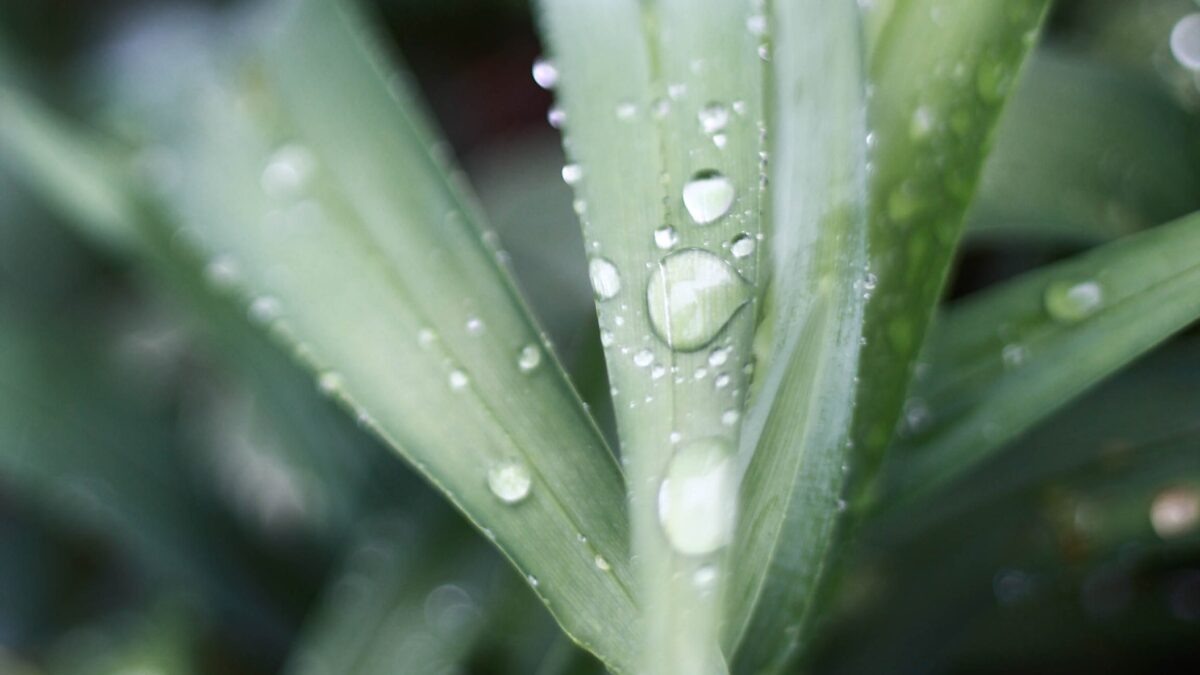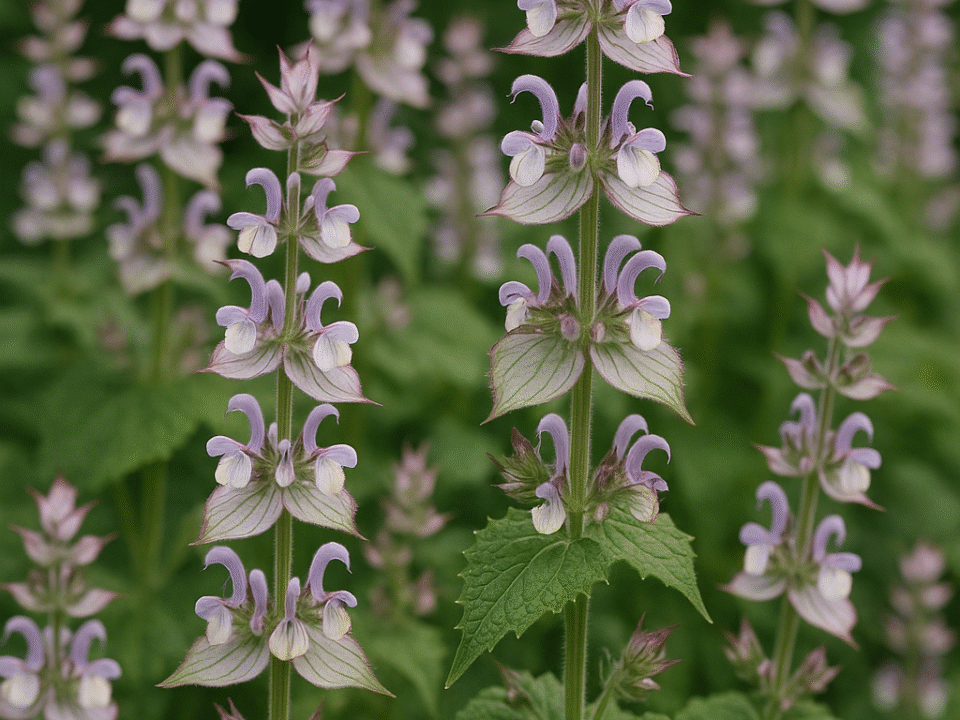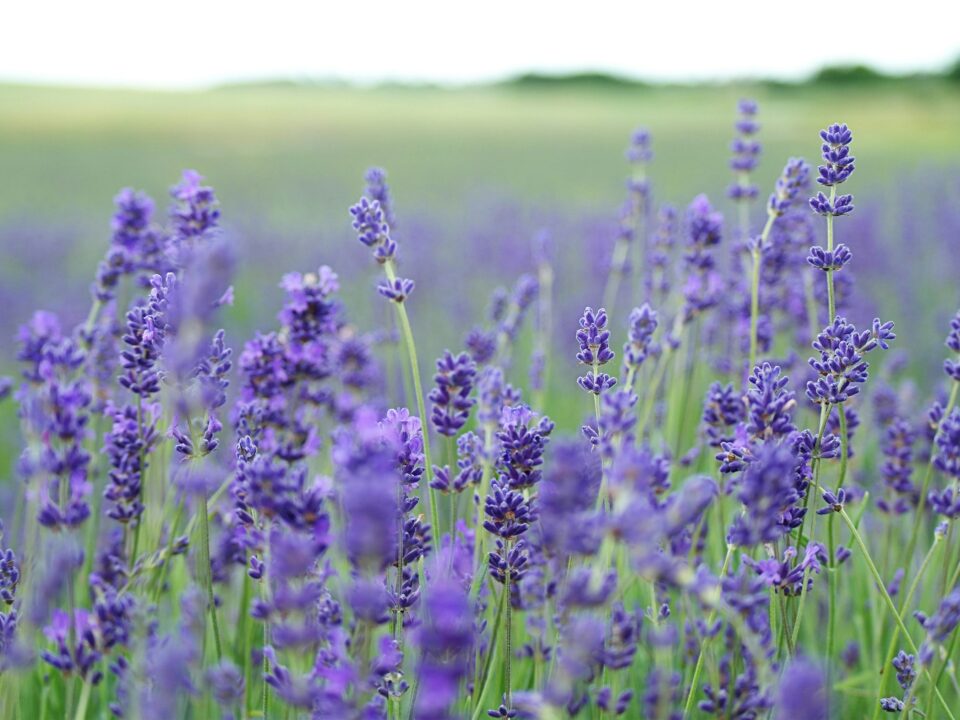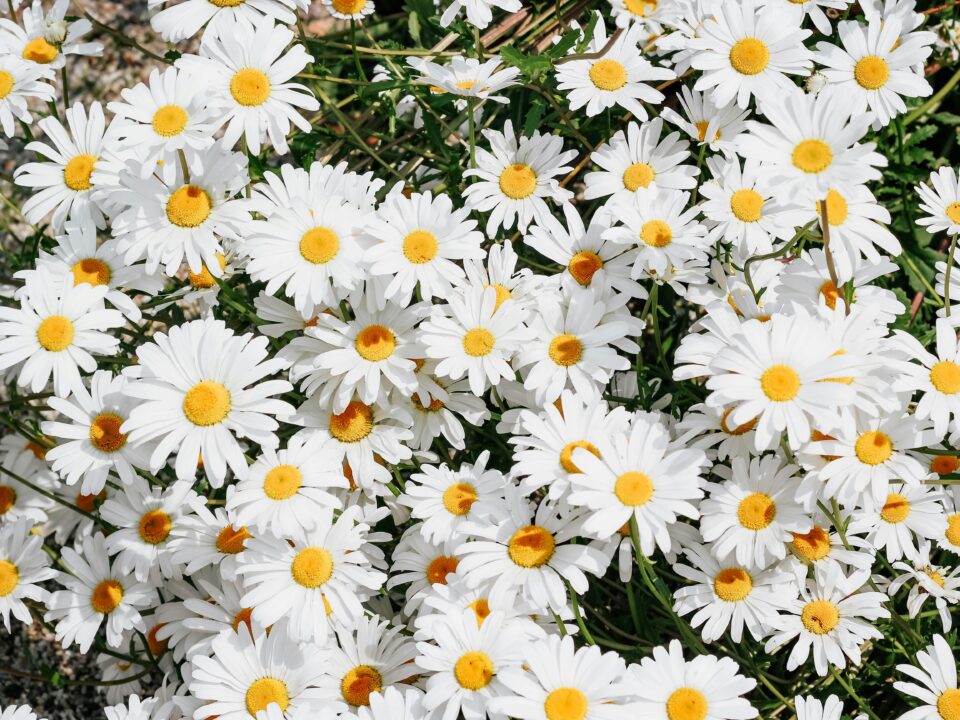
Aloe vera, also known as Aloe barbadensis, is a succulent perennial green plant originated from the Arabian Peninsula. It grows in dry regions of America, Africa, Asia, and Europe. The leaves of Aloe vera contain 75 active constituents including various minerals, enzymes, sugars, vitamins, and amino acids.
The active ingredient of Aloe vera is widely used in cosmetic and pharmaceutical industries in the form of gels and topical ointments.
In skincare, Aloe vera is used for its anti-viral, anti-oxidant, anti-microbial, wound healing, and skin protection properties. In ancient times, Aloe vera was used for treating acne, sunburn, and skin irritation. Cleopatra and Nefertiti, two Egyptian queens, incorporated Aloe vera in their daily skincare regime.
Aloe vera has multiple mechanisms of actions.
In terms of anti-inflammatory properties, Aloe vera blocks the cyclooxygenase pathway and decreases the production of prostaglandin E2 from arachidonic acid.
When Aloe vera is applied topically, the interaction between glucomannan, a mannose-rich polysaccharide, and gibberellin, a growth hormone, enables stimulation of collagen synthesis, which promotes the healing process. Besides increased production of collagen, this interaction also facilitates collagen cross linking and changes collagen composition. As a result, wound contraction is accelerated and the breaking strength of resulting scar tissue gets increased.
Mucopolysaccharides aid in binding moisture into the skin. Aloe vera stimulates fibroblast, which in return produces more collaged and elastin fibers; thus, it makes the skin less wrinkled and more elastic.
Amino acids found in Aloe vera help to soften the hardened skin cells.
Since Aloe vera is rich for salicylic acid, cinnamomic acid, phenols, sulfur, and lupeol; it also has inhibitory actions on bacteria, fungi, and viruses. This effect contributes to anti-acne properties.
According to majority of scientific studies and publications, Aloe vera should be concentrated in the range between 5 and 16%.
Results become visible after 4 weeks.
The active ingredient of Aloe vera is safe; however, there may be some rare local adverse effects. During the first week of usage, tingling and transitory burning sensation may be observed. It is suggested to continue applying a product with Aloe vera at the same frequency. Usually, these symptoms disappear as the treatment continues.



